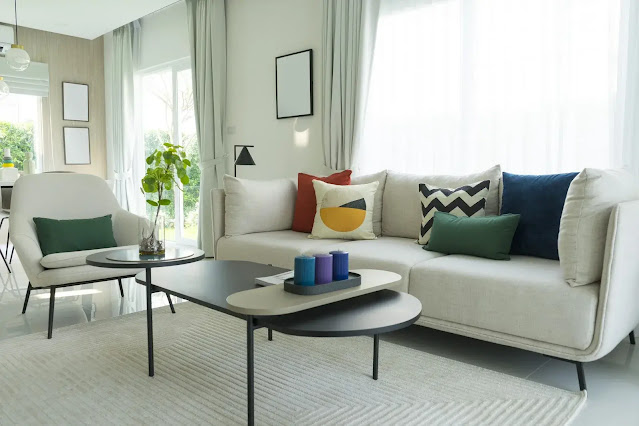Developing Accomplishment: The particular Fine art and also Research regarding Business Interior Design.
In the dynamic world of business, the significance of a well-designed workspace cannot be overstated. Business interior design goes beyond aesthetics; it plays a pivotal role in creating an environment that fosters productivity, creativity, and a confident corporate culture. In this information, we delve to the multifaceted realm of business interior design, exploring its affect functionality, employee well-being, and the general success of a company.
The Evolution of Business Interior Design:
Gone are the days when office spaces were confined to monotonous cubicles and neutral color palettes. The evolution of business interior design mirrors the changing nature of work itself. From open-plan layouts that encourage collaboration to flexible workspaces that conform to the requirements of modern professionals, the style of business interiors has changed into a dynamic field that embraces innovation and functionality.
Fostering Productivity and Creativity:
A well-designed workspace has the ability to enhance employee productivity and stimulate creativity. Thoughtful layout planning, ergonomic furniture, and strategic usage of natural light can create an environment that inspires individuals to do at their best. Collaborative spaces, breakout areas, and communal zones encourage idea exchange, fostering a culture of innovation that propels the business forward.
Branding through Design:
Business interior design serves as a real expression of a company's brand identity zakelijk interieurontwerp. The choice of colors, materials, and design elements can convey the values and personality of a business. Consistency in design through the workspace reinforces brand recognition and creates a cohesive and professional image. A watchfully curated interior design can leave a lasting impression on clients, partners, and employees alike.
The Impact on Employee Well-Being:
Employee well-being is a cornerstone of successful business operations, and interior design plays an essential role in promoting a healthier and supportive work environment. Comfortable ergonomic furniture, ample natural light, and thoughtful layout planning donate to physical well-being, while elements like plants, artwork, and comfortable breakout spaces enhance mental health and job satisfaction.
Adapting to Hybrid Work Models:
The rise of remote and hybrid work models has further emphasized the significance of flexible and adaptable interior design. Businesses are reimagining their spaces to support a mixture of in-office and remote work, incorporating technology that facilitates seamless collaboration and creating environments that appeal to both focused individual tasks and collaborative team efforts.
Sustainability in Design:
As businesses increasingly embrace sustainability, interior design has followed suit. Green building materials, energy-efficient lighting, and eco-friendly furniture choices donate to a far more sustainable and environmentally conscious workspace. Not only does this align with corporate social responsibility goals, but inaddition it attracts a growing market of environmentally conscious consumers.
The Role of Technology:
Technology is a driving force in modern business interior design. Smart office solutions, from automated lighting systems to integrated communication tools, enhance efficiency and connectivity within the workspace. These technological advancements not just streamline operations but also donate to the general modern and forward-thinking image of the business.
Collaboration with Design Professionals:
Recognizing the intricate balance between aesthetics and functionality, many businesses choose to collaborate with professional interior designers. Design professionals bring a success of expertise in spatial planning, color theory, and ergonomic principles, ensuring that the style not just aligns with the company's vision but also meets the practical needs of its occupants.
Measuring Success: Quantifying the Impact:
Quantifying the impact of business interior design involves assessing key performance indicators such as for instance employee satisfaction, productivity metrics, and even the company's bottom line. Businesses that choose well-designed workspace often realize that the returns extend beyond aesthetics, positively influencing employee retention, client relationships, and overall business success.
Conclusion:
Business interior design has evolved into an ideal tool that goes beyond creating visually appealing spaces. It is a dynamic force that shapes corporate culture, enhances productivity, and communicates the essence of a brand. As businesses navigate the ever-changing landscape of work, the role of interior design remains integral, contributing not just to the physical workspace but and also to the success and well-being of those that inhabit it.

Comments
Post a Comment